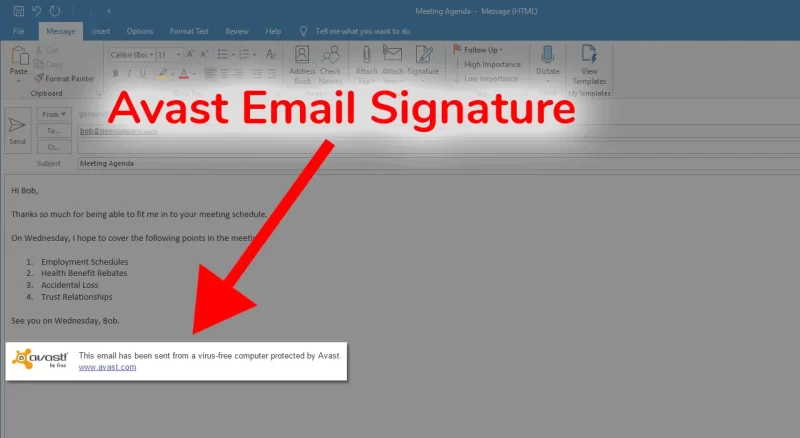Software as a Service or SaaS Testing is one of the major models out of the 3 categorized models of Cloud Computing. You can get SaaS easily over the internet and you do not need to install any extra application for running this test. This will help you to reduce the expenses behind hardware acquisition, maintenance and support cost along with installation fees. SaaS provides various services on the cloud and it can assure you with the true quality of the software after the software is made to undergo various validating activities.
SaaS app testing has various benefits over the traditional methods and the performance testing SaaS applications has always been of best quality. Below given are few reasons as to why you should opt for SaaS testing.
- This testing will provide improved availability, scalability and reliability to your software by observing several organizational patterns.
- It will help in reducing the cost of maintenance and deployment of software.
- You can easily recover from any fault by using this form of testing.
- You can quickly deploy software by giving it higher accessibility.
- You do not need to heavily depend on internal systems.
- You can keep on upgrading the testing procedure by adding up of new tenants.
- You also find a huge flexibility in scaling and pricing the resources.
- You can update and upgrade the application easily on SaaS because it automatically updates itself and becomes easily available for all its customers.
So, this form of testing will provide you with great compatibility with complete security and high-level performance. It is considered to be one of the fastest forms of testing which is effective and requires a lot of quality assurance at every step of testing.
To apply this form of testing, some of the best SaaS Testing Tools are discussed below.
- PractiTest: This tool was majorly designed to provide end to end solutions and allow the users to keep a control over developing and testing processes. It ensures communication among various organizational levels and provides ways to manage each project individually. This tool will also help in getting an idea of the current status of the project and manage relevant communication with the other stakeholders.
- qTest: This tool is a cloud-based tool and is majorly used for finding management solutions and making communications easy. It is very easy to learn and has an extra option of adding notes and creating a defect sheet. This tool will also allow you to properly plan and manage project schedules, document test cases and display project progress along with queries.
- qMetry: This tool provides an end to end coverage of the project progress and provides flexibility in changing requirements from time to time. It can also record the current status and results of the project and manage defects with a link thus avoiding replication of duplicate defect logging. The execution page of this tool is also available to edit the test cases in a very short period of time.
This is just an overview and you can become clearer about each tool after you learn them in details.




